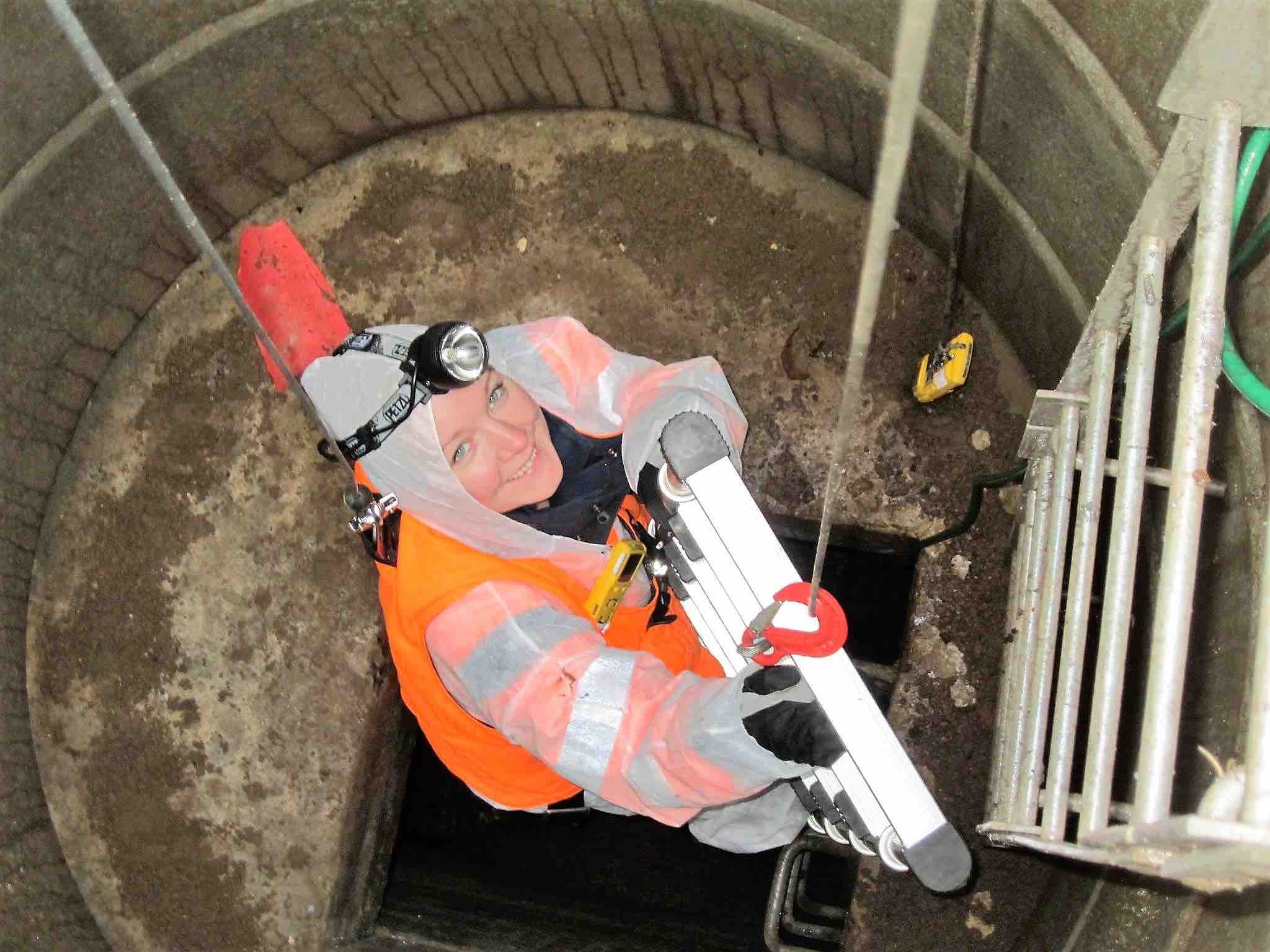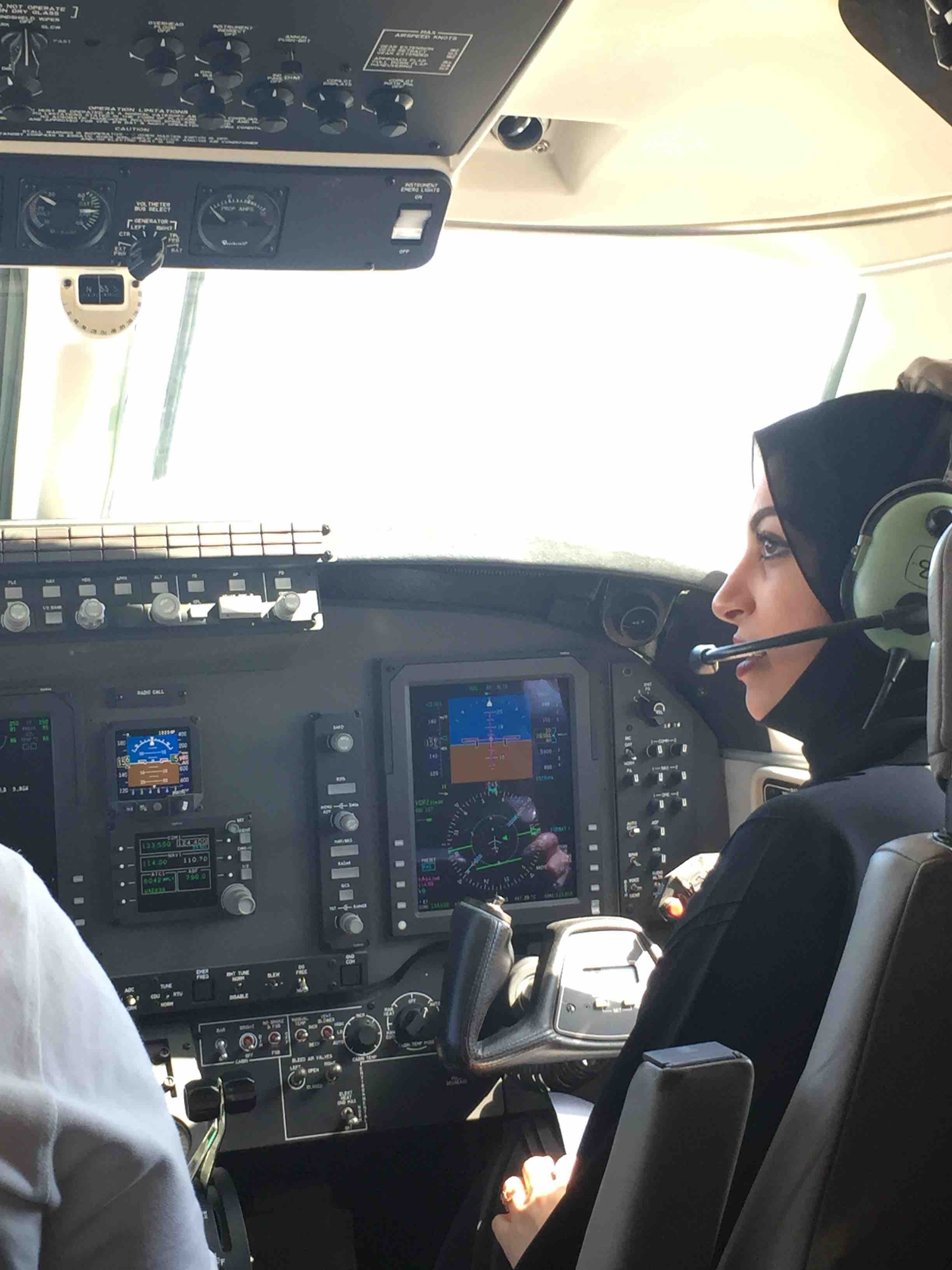This article is contributed by Analice Martins for SIWI - Stockholm International Water Institute.
Women play critical roles in all aspects of water management, yet they are visibly missing from the dialogue and often only depicted as victims and users. Images of women as decision makers, managers, and stewards are very hard to come by. Through the #WaterWomen campaign SIWI collected images that illustrate these important roles and tell the stories of women as invaluable to the decision-making process.
‘If you can see it, you can be it”
While the campaign highlighted women who serve as water leaders in their communities, SIWI hopes that seeing women in decision-making roles in water will also encourage girls and other women to view themselves as change makers.
More than 150 photos collected
“I was amazed to see the reach of the campaign! I am humbled by how many pictures we received, and by how many took up the challenge to change the way we view women in water,” said Ms. Kanika Thakar, Communications Officer at SIWI and responsible for the #WaterWomen campaign.
After analyzing more than 150 entries, the jury selected six winning photos that will be prominently displayed at World Water Week. The six winning photos can be seen below:

Yudi Espinal works every day to find a solution to the water problems in her community by being an active participant of a micro-watershed council in the Goascorán River Basin. The image reminds us that stakeholder mapping is an integral part of effective water management and that women like Yudi are crucial to that process.

Pioneering faecal sludge treatment in Indonesia, Ikaturi Wulandari is responsible for bacterial analysis and supervision of a faecal sludge treatment plant in Banda Aceh. In this photo, Ikaturi is not only challenging the roles that women can play in science and health, but also reminding us that wastewater continues to be an issue for all water managers to address.

As a young mother, Rani Barukaum’s (right) two children frequently fell sick due to unsafe water. Today, Rani works as an advocate in her community, explaining the link between water and health and has encouraged investments in safe drinking water. Rani can be seen throughout her village, Ambedkar Nagar, passionately explaining the virtues of safe water, personal hygiene and sanitation and conducting water quality testing.

Jannie is on the front lines of climate adaptation at Skanderborg Utility, Denmark. She works with (and sometimes inside!) sewer systems solving problems and creating solutions for the future. The equipment Jannie wears, the job she is doing, the knowledge she is wielding are all evidence that women can, and do, fill the same roles as men.

Alya Al Mazroui, Director of the UAE Research Program for Rain Enhancement Science, works to sustainably improve rainfall through cloud seeding. The photo of Alya discussing strategies with the plane’s captain tells a story of women’s empowerment that is often underrepresented and serves as a reminder of the diversity of water management solutions available.

Dr. Christine Pappas (left) leads the Water Resources Policy and Management Master’s degree at East Central University in USA. She encourages students, such as Sarita KC (right), to gain real-life experience by monitoring local streams. This photo challenges traditional roles while also underscoring the importance of sharing knowledge with future leaders.
To view the #WaterWomen gallery visit us at World Water Week or see www.siwi.org/waterwomen.